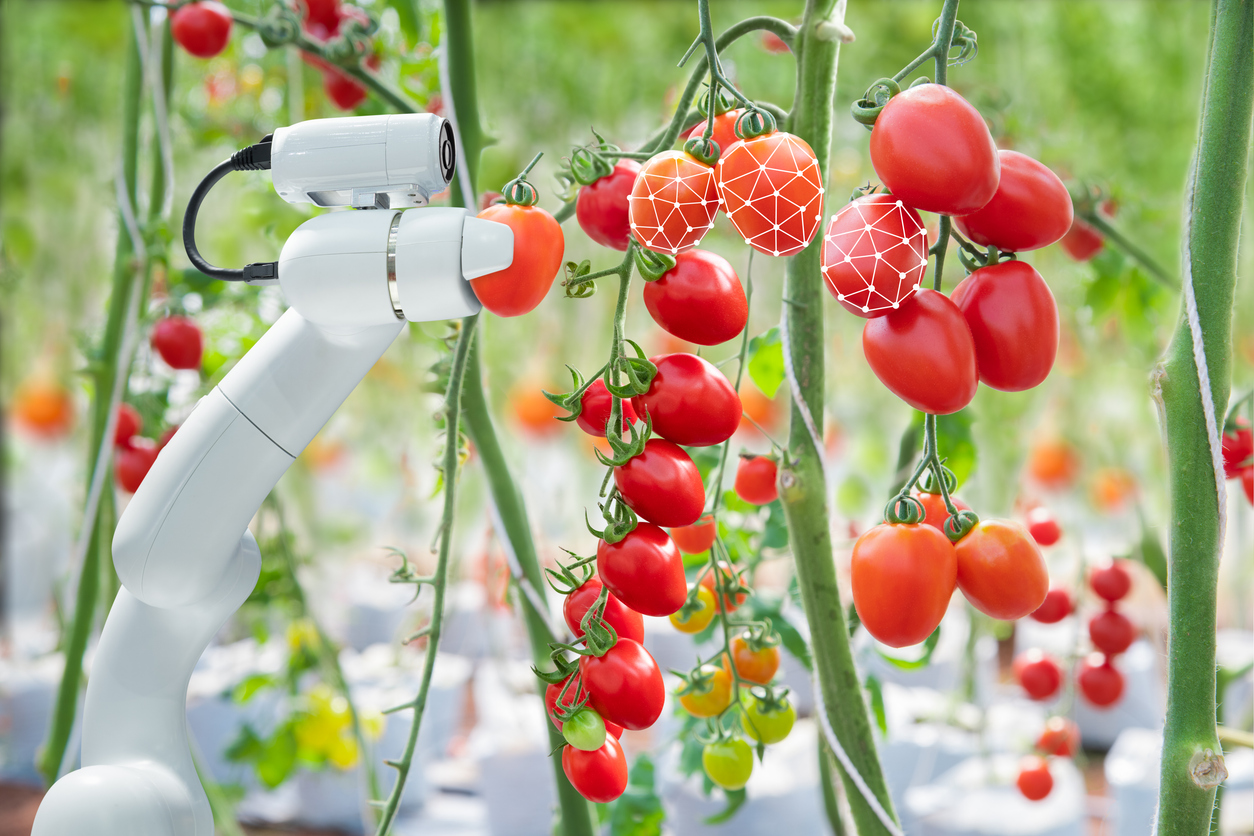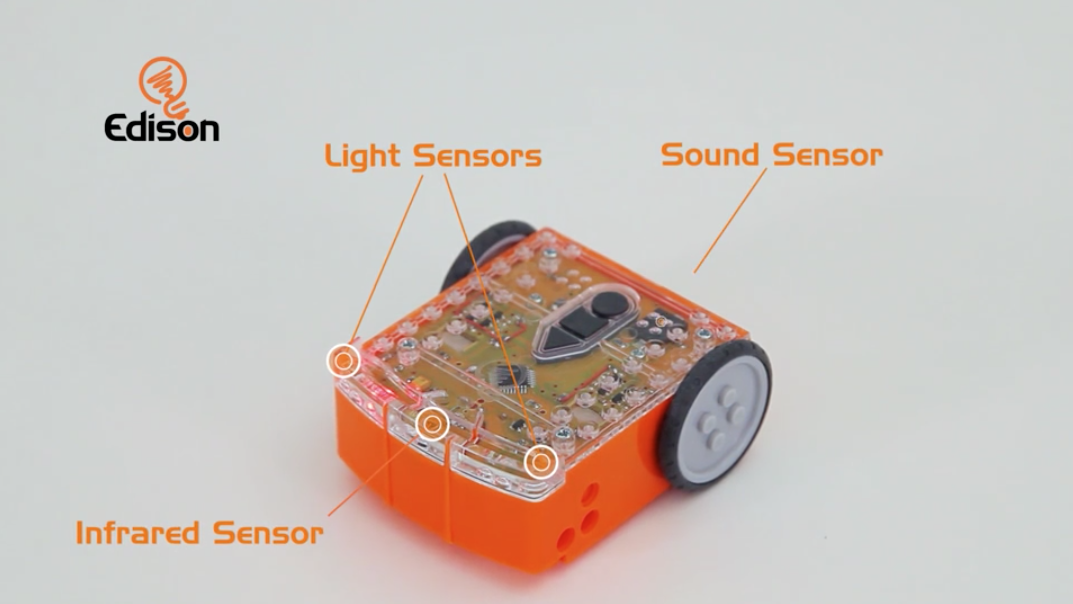A robot is a mechanical device that is capable of performing a variety of tasks on command or according to instructions programmed in advance. Robots can do jobs that are repetitive, messy, boring, difficult, or hazardous for humans. Robots have several advantages over human workers. Unlike humans, robots can work virtually nonstop without becoming strained or injured by repeated movements. They can be built to be much stronger than people, and they deliver consistent results. Robots can perform tasks faster, longer, more accurately, and more efficiently than humans. All robots are machines, but not all machines are robots. Robots take inputs from the environment and use those inputs to make decisions. Robots are reprogrammable and multipurpose. One robot has the potential to preform a variety of different tasks.
A robot is made up of four main components—a computer, inputs, outputs, and a power source. The computer is the brain of the robot. A robot follows specific instructions in the form of a computer program. Sensors are inputs that provide information to the computer and determine what a robot will do according to how it has been programmed. An output is a command sent by the robot's computer to another part of the robot. For example, the computer can send a command to the robot's motor to make it move. Robots are typically powered by batteries which provide energy for the robot to function.
Agricultural robots perform farming tasks. Robots are used on crop farms for harvesting, weed control, mowing, pruning, seeding, monitoring, spraying, sorting, and packing. On livestock farms, robots can perform the tasks of feeding, milking, monitoring, cleaning, and herding. Robot applications in precision agriculture can save time, money, and resources and be more profitable, efficient, environmentally friendly, and safer.
Robots cab be seen as one solution to food production labor shortages. With an aging agricultural workforce and changes to immigration laws, labor scarcity is a big issue facing the agriculture industry. There are jobs on the farm that do not create value at or above minimum wage. By automating sub-minimum wage jobs, more food can be produced at a lower cost.1
Robot technologies enable more reliable monitoring and management of natural resources, such as air, soil, and water quality. They also give producers greater control over plant and animal production, processing, distribution, and storage resulting in greater efficiencies and lower prices, safer growing conditions and food, and reduced environmental and ecological impacts.2
 |
This lesson introduces students to the following career opportunities: agricultural technician, agricultural engineer, automation technician/coordinator, design engineer, electrical engineer, general and operations managers, mechanical engineer, precision agriculture technician, process engineer, robotics engineer, robotics technician, software developer. Explore the career profiles to discover job outlooks, education requirements, and average salaries.
|

